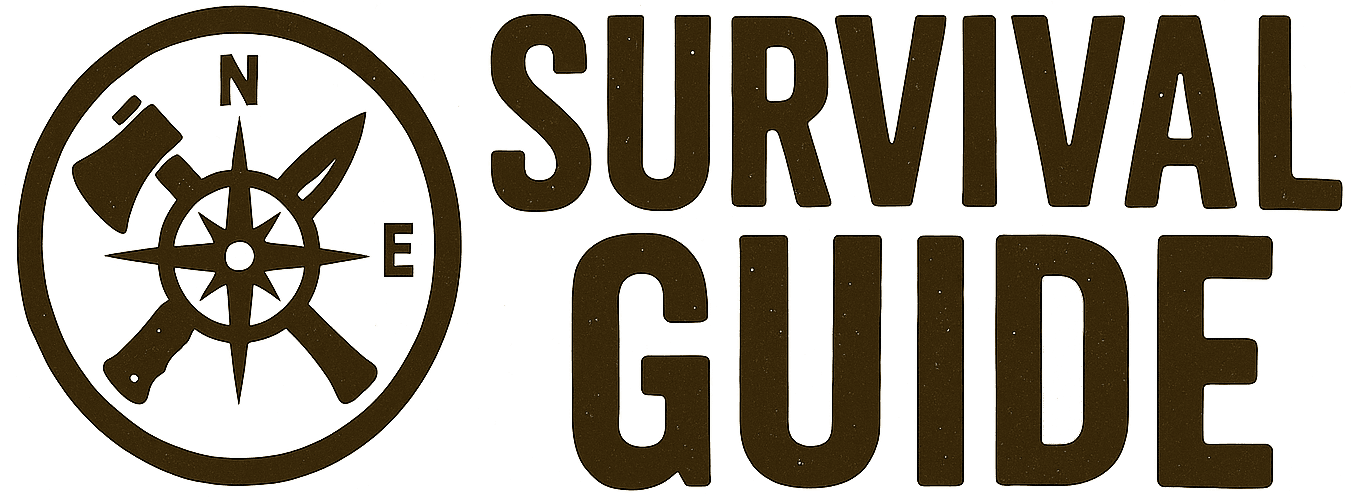The first crackle of flames, the smell of wood smoke, and the sizzle of food over fire — these are the sounds and scents of survival. Campfire cooking isn’t just about rustic charm; it’s about knowing you can feed yourself when modern kitchens vanish and civilisation feels far away.
When the supermarkets close and the grid goes down, knowing how to cook over an open flame is no longer a weekend novelty — it’s a lifeline.
Why Campfire Cooking Matters for Survival
Cooking over a campfire isn’t just romantic; it’s vital:
- Kills pathogens in wild or stored food.
- Preserves morale when conditions turn bleak.
- Keeps predators at bay with smoke and light.
- Allows you to boil water and purify supplies.
- Saves fuel when gas or electricity runs out.
Survivalists who can cook over flame don’t just eat — they thrive.
Building the Right Fire for Cooking
1. The Cooking Base
Forget the towering bonfires. You need a bed of hot coals, not raging flames, to cook steadily.
- Rake embers into a flat, glowing layer for even heat.
- Feed small sticks around the edges to keep coals alive.
2. The Cooking Structure
- Tripod: Easy to make with three sturdy branches and rope. Hang pots or kettles over flame.
- Rock Grill: Flat stones arranged to hold pans or food.
- Improvised Grate: Carry a folding grill or use green wood (fresh-cut so it won’t burn) to skewer meat.
Essential Campfire Cooking Gear
Every serious prepper carries:
- Cast iron pan or Dutch oven – unbreakable, distributes heat evenly.
- Folding grill grate – portable and reliable.
- Long-handled tongs and gloves – to avoid burns.
- Metal skewers or green wood sticks – for roasting.
- Fireproof kettle – for water, tea, or soups.
Pack light, but never skimp on the tools that turn raw food into survival fuel.
Campfire Cooking Techniques
1. Direct Cooking on Coals
Perfect for bread, bannock, foil-wrapped veg, or meat. Lay food directly on the embers for smoky, fast cooking.
2. Skewer & Rotate
Classic for game meat or fish. Skewer and rotate over coals, keeping the food moving to avoid scorching.
3. Dutch Oven Magic
Place coals both under and on top of the Dutch oven. Ideal for stews, soups, or slow-cooked meals that warm the soul.
4. Rock Oven
Stack flat stones around the fire to trap heat. Cook inside this natural oven for even results when wind howls.
Simple Survival Recipes
- Bannock Bread: Mix flour, water, and a pinch of salt. Wrap around a green stick and cook over coals until golden.
- Hunter’s Stew: Toss wild meat, root vegetables, and water into a Dutch oven. Slow-cook for hours.
- Foil-Packet Veg: Potatoes, carrots, or wild greens wrapped in foil, buried in coals.
Safety and Efficiency Tips
- Clear at least a 2‑metre radius around your fire to avoid accidents.
- Keep a bucket of water or sand handy for emergencies.
- Don’t waste wood — build small, hot fires rather than huge infernos.
- Practise before you need it. Cooking with numb hands and wet wood is no time to learn.
Gideon’s Campfire Checklist
- Bed of coals, not flames – control your heat.
- Three cooking methods (grill, skewers, Dutch oven) packed in your kit.
- Dry tinder and wood stashed to keep the fire alive.
- Learn to cook with one hand – in case of injury.
- Always pack seasoning – morale is as vital as calories.
Final Word
Campfire cooking is more than nostalgia; it’s survival. With the right tools, knowledge, and a steady fire, you can turn wild ingredients or stored rations into fuel for your body and your morale. Master the flame now, before you’re forced to cook your first meal under the cold eye of necessity.

